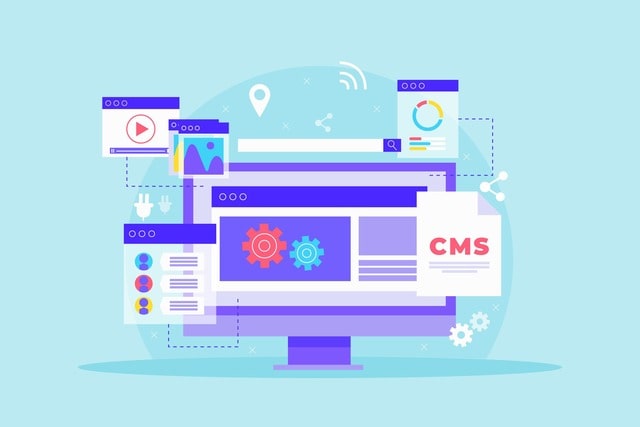How to Start a WordPress Site in Canada
Table of Contents
WordPress is perhaps the most commonly used content management system (CMS) available for users today. At present, more than one-third of websites around today exist on WordPress. As a CMS, WordPress takes care of the information on your website, making it aesthetically pleasing to display. A CMS then becomes an ideal choice for anyone looking to create a professional-looking website without having a degree in computer programming.
Unfortunately, a few technical considerations must be considered as part of the website building process for new users. Among them are deciding what type of platform a website creator would like to build on, weighing different plans, and choosing the best word press hosting for their needs.
Determine if WordPress is the right platform for you
Before going through the technical steps, website creators must start by asking themselves if WordPress is the right platform to be building on. In part, this is a trick question. Anyone, whether a business owner, blogger, family member looking for a place to connect or anyone else seeking a beautifully-designed website with customization options and easy maintenance, is a good candidate for WordPress.
Due to its popularity, several providers consider their offerings to be the best word press hosting in Canada and can support a website owner’s needs.
Distinguish between .com and .org
The first decision that a user must make is between .com and .org. Although both sound the same, each gives users access to a very different experience. For example, one is more commercial, providing users with all-in-one functionality, complete with templates and server management to simplify the process. In comparison, the .org counterpart is an open-source community, requiring a more DIY focus. The .org version then becomes more sought after for users looking for the freedom to customize their solutions as they see fit.
Select a plan
Depending on the initial decision made between .com and .org, website creators may need to decide on a plan. Since WordPress.org is open-source, there is only one free plan. The trade-off is that you will be doing the majority of the upfront lifting to put together the contents of your site. Since WordPress.com takes care of many of these steps, users will need to distinguish between a free plan for simple websites, extending to personal, premium, business and eCommerce.
The major differences between these plans are the themes, plug-ins (such as SEO), and the functionality to accept payments. Website creators will then need to determine which features are necessary for what they hope to achieve.
Choose a domain and host
Websites contain two main components: a domain name (also known as a URL or website address) and a host.
For a website to be accessible on the internet for public viewing, it needs to be available. For website creators, this means selecting a domain. By selecting WordPress.com, website owners will have the option to host their website on the same platform, giving users a .Wordpress.com URL by default. That said, many website owners will opt for a paid plan that will ensure a website creator can customize a URL to their liking.
Hosting refers to the computers that will store and later serve the website files. One option is hosting directly on WordPress. Another is through a third-party hosting platform. These third-party hosting providers will vary in functionality, providing options that may be better options for a certain budget, skillset, or the type of website built.
Several external hosts offer WordPress-specific options, with the application remaining installed by default. Alternatively, users will need to navigate to their domain registrar account and select “web hosting” and “manage.” Then users can navigate to options, select popular apps, and begin installing the application. The downloaded app will prompt users to ask about admin information and other related items.
You would like to read- Mistakes In SEO That Can Lead To Google Ranking Drop
Customize your website
After the administrative setup is complete, website owners will come across the last and most fun step, customization. WordPress provides users with a starting point of over 300 layouts, alongside several themes, templates, fonts, and color palettes.
By selecting a theme, website owners effectively choose how their site looks and how users navigate it. Fortunately, before a website creator decides, several additional options to “try on” a theme. It is also worth noting that themes are not static. Consequently, once a website contains content, the owner may change the design without recreating any pages.
Add content through posts and pages
Once a website owner decides on a theme, they can begin populating their website with content. Content can typically exist as a page or a post. Pages hold the evergreen content that users can access through a navigation menu and posts containing information that can be categorized and sorted.




